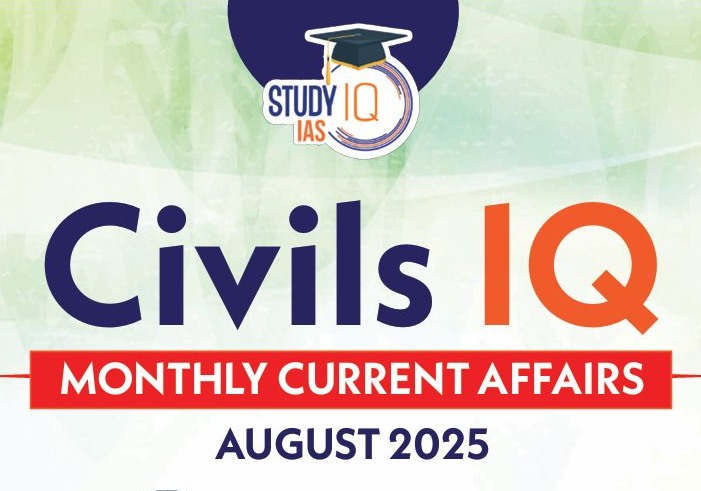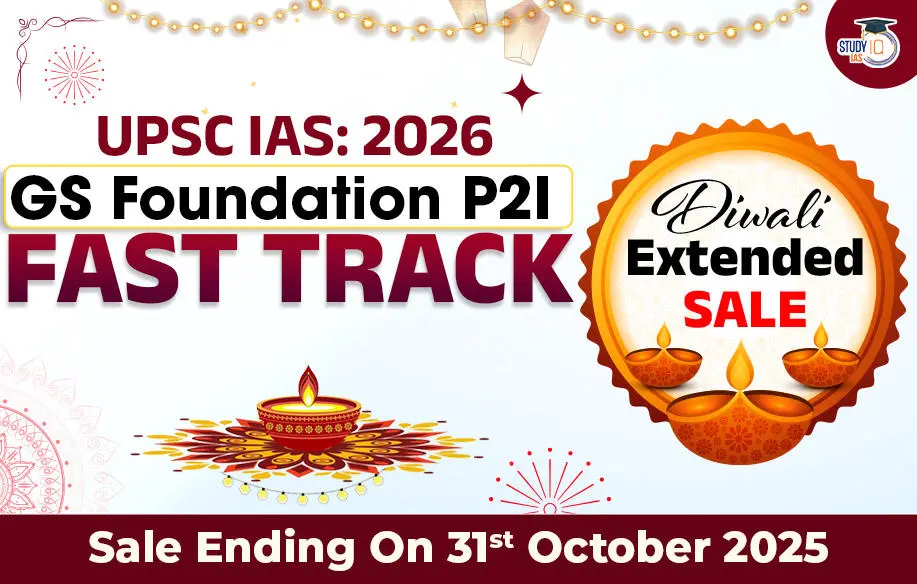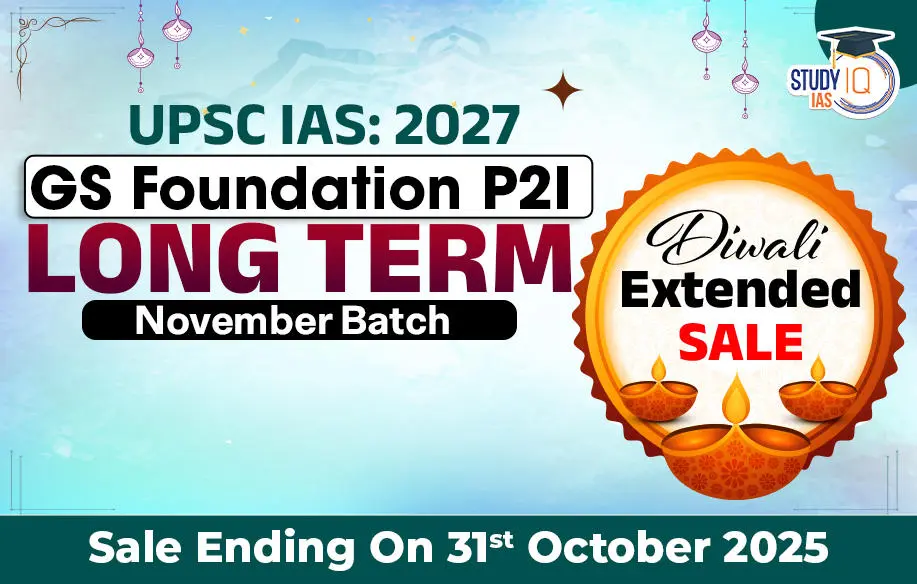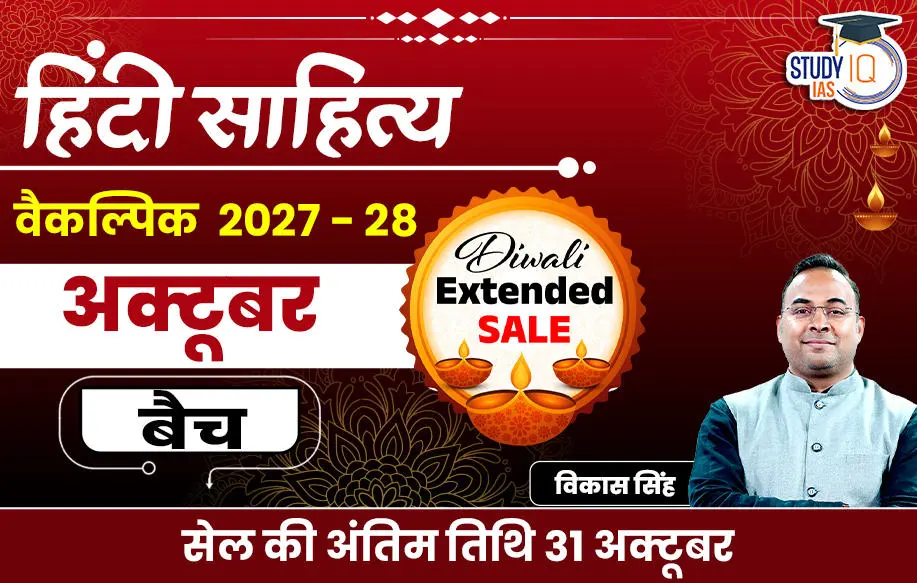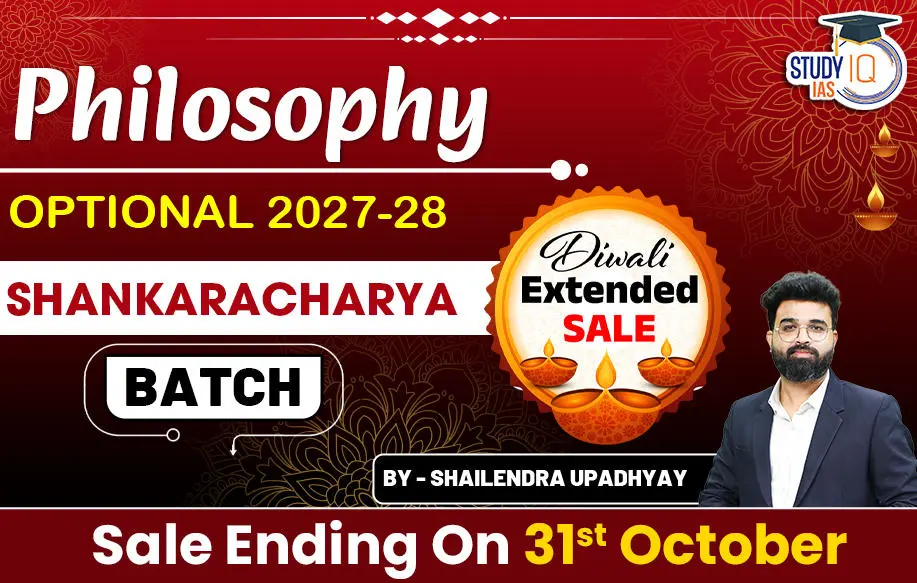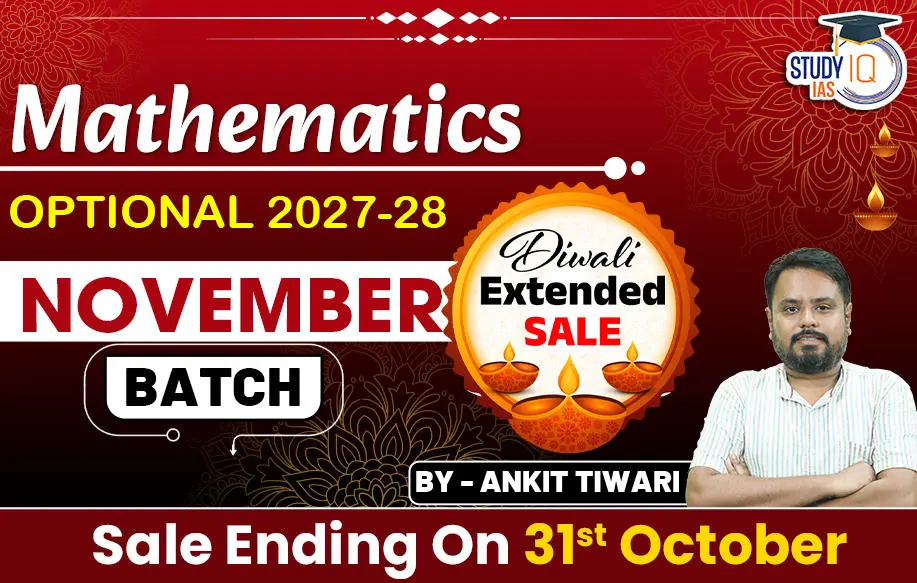Daily Quiz 01 August 2025
Quiz-summary
0 of 5 questions completed
Questions:
- 1
- 2
- 3
- 4
- 5
Information
- Click on – ‘Start Quiz’ button
- Solve Questions
- Click on ‘Next’ button
- Click on ‘Finish Quiz’ button
- Now click on ‘View Questions’ button – here you will see solutions and links.
- The test contains a total of 5 questions.
- Click on the most appropriate option to mark it as your answer.
- You will be awarded Two marks for each correct answer.
- You can change your answer by clicking on some other option.
- A Number list of all questions appears at the top side of the screen.
- You can access the questions in any order by clicking on the question number given on the number list.
- You can use rough sheets while taking the test.
- Do not use calculators, log tables, dictionaries, or any other printed/online reference material during the test.
- Do not click the button “Finish Quiz” before completing the test. A test once submitted cannot be resumed.
You have already completed the quiz before. Hence you can not start it again.
Quiz is loading...
You must sign in or sign up to start the quiz.
You have to finish following quiz, to start this quiz:
- 1
- 2
- 3
- 4
- 5
- Answered
- Review
-
Question 1 of 5
1. Question
1 pointsConsider the following statements regarding the “MeriPanchayat” mobile application:
- It integrates real-time data on Panchayat finances and development plans.
- It allows citizens to submit project proposals and rate completed works.
- It has been launched under the Ministry of Electronics and Information Technology exclusively.
How many of the statements given above are correct?
Correct
Answer: B
Explanation:
- Statement 1 is correct: The “MeriPanchayat” app provides access to Panchayat-level data including:
- Receipts and expenditures
- Annual budgets
- GPDPs (Gram Panchayat Development Plans)
- Geo-tagged development works
- Statement 2 is correct: The app promotes citizen engagement by enabling:
- Project proposal submission by locals
- Public ratings of completed projects
- Access to Gram Sabha agendas and decisions
- Social audit mechanisms
- Statement 3 is incorrect: The app was jointly developed by:
- Ministry of Panchayati Raj (nodal ministry)
- National Informatics Centre (NIC) under the Ministry of Electronics & IT
Hence, it is not exclusively launched under MeitY.
Global Recognition:
Won the WSIS Prizes 2025 Champion Award under the World Summit on the Information Society (WSIS) initiative, showcasing India’s digital rural governance innovation.
Incorrect
Answer: B
Explanation:
- Statement 1 is correct: The “MeriPanchayat” app provides access to Panchayat-level data including:
- Receipts and expenditures
- Annual budgets
- GPDPs (Gram Panchayat Development Plans)
- Geo-tagged development works
- Statement 2 is correct: The app promotes citizen engagement by enabling:
- Project proposal submission by locals
- Public ratings of completed projects
- Access to Gram Sabha agendas and decisions
- Social audit mechanisms
- Statement 3 is incorrect: The app was jointly developed by:
- Ministry of Panchayati Raj (nodal ministry)
- National Informatics Centre (NIC) under the Ministry of Electronics & IT
Hence, it is not exclusively launched under MeitY.
Global Recognition:
Won the WSIS Prizes 2025 Champion Award under the World Summit on the Information Society (WSIS) initiative, showcasing India’s digital rural governance innovation.
-
Question 2 of 5
2. Question
1 pointsWith reference to the NISAR mission, which of the following statements is/are correct?
- It will be capable of detecting minute movements of Earth’s surface using dual-frequency radar.
- The S-band radar is contributed by NASA while the L-band radar is contributed by ISRO.
- It can monitor changes in water bodies, tectonic activity, and ice sheet dynamics.
Select the correct answer using the code given below;
Correct
Answer: A
Explanation:
- Statement 1 is correct: The NASA-ISRO Synthetic Aperture Radar (NISAR) is equipped with dual-frequency radar systems (L-band and S-band), enabling detection of minute changes in Earth’s surface up to 0.4 inches. This allows precision tracking of surface deformations like landslides, tectonic plate movement, glacier shifts, etc.
- Statement 2 is incorrect: The correct contributions are:
- NASA: L-band radar + Payload systems
- ISRO: S-band radar + Satellite + GSLV Launch vehicle
This is a true joint mission symbolizing US-India space collaboration.
- Statement 3 is correct: NISAR will monitor:
- Vegetation biomass, groundwater, volcanic activity
- Glacial and ice sheet melt
- Earthquake-prone zones, urban subsidence, agricultural mapping
Significance:
Helps India and global community in climate change modeling, disaster resilience, and agricultural planning.
Incorrect
Answer: A
Explanation:
- Statement 1 is correct: The NASA-ISRO Synthetic Aperture Radar (NISAR) is equipped with dual-frequency radar systems (L-band and S-band), enabling detection of minute changes in Earth’s surface up to 0.4 inches. This allows precision tracking of surface deformations like landslides, tectonic plate movement, glacier shifts, etc.
- Statement 2 is incorrect: The correct contributions are:
- NASA: L-band radar + Payload systems
- ISRO: S-band radar + Satellite + GSLV Launch vehicle
This is a true joint mission symbolizing US-India space collaboration.
- Statement 3 is correct: NISAR will monitor:
- Vegetation biomass, groundwater, volcanic activity
- Glacial and ice sheet melt
- Earthquake-prone zones, urban subsidence, agricultural mapping
Significance:
Helps India and global community in climate change modeling, disaster resilience, and agricultural planning.
-
Question 3 of 5
3. Question
1 pointsWhich of the following correctly describes the legal status of the “Right to Vote” in India?
Correct
Answer: C
Explanation:
- Not a Fundamental Right: The Supreme Court has consistently held that the right to vote is not a fundamental right under Article 19 or 21.
- Statutory Right: It arises from Section 62 of the Representation of the People Act, 1951, and is governed by:
- Eligibility criteria (citizenship, age 18+, residence)
- Exclusion clauses (prisoners, disqualified persons)
- Judicial Precedents:
- N.P. Ponnuswami (1952): Voting is a statutory creation, not a natural or constitutional right.
- JyotiBasu (1982): Voting is a pure and simple statutory right.
- KuldipNayar (2006) and AnoopBaranwal (2023) reaffirmed this view.
- Only a minority dissenting opinion (Justice Ajay Rastogi, 2023) argued it has a constitutional dimension linked to Art. 19(1)(a) (freedom of expression).
Why This Matters:
Being statutory means Parliament can regulate or modify voting rights, unlike Fundamental Rights which require constitutional amendment.
Incorrect
Answer: C
Explanation:
- Not a Fundamental Right: The Supreme Court has consistently held that the right to vote is not a fundamental right under Article 19 or 21.
- Statutory Right: It arises from Section 62 of the Representation of the People Act, 1951, and is governed by:
- Eligibility criteria (citizenship, age 18+, residence)
- Exclusion clauses (prisoners, disqualified persons)
- Judicial Precedents:
- N.P. Ponnuswami (1952): Voting is a statutory creation, not a natural or constitutional right.
- JyotiBasu (1982): Voting is a pure and simple statutory right.
- KuldipNayar (2006) and AnoopBaranwal (2023) reaffirmed this view.
- Only a minority dissenting opinion (Justice Ajay Rastogi, 2023) argued it has a constitutional dimension linked to Art. 19(1)(a) (freedom of expression).
Why This Matters:
Being statutory means Parliament can regulate or modify voting rights, unlike Fundamental Rights which require constitutional amendment.
-
Question 4 of 5
4. Question
1 pointsWith reference to the historic CholaGangam Lake (Ponneri Tank), consider the following statements:
- It was constructed by RajarajaChola I as a reservoir to store water from the Kaveri River.
- The lake was part of a sophisticated hydrological system involving sediment traps and silt ejectors.
- The tank served both as a symbol of victory and a source of drinking water for Gangaikonda Cholapuram.
Which of the statements given above is/are correct?
Correct
Answer: B
Explanation:
- Statement 1 is Incorrect:
The CholaGangam Lake was constructed by RajendraChola I, not his father RajarajaChola I. It was dug to commemorate his victorious northern campaign, symbolically represented as a “liquid pillar of victory” (Ganga-jalamayamJayastambham). It was not specifically meant for storing Kaveri water. - Statement 2 – Correct:
The lake was part of an advanced engineering hydrological network. Key features included:- Elliptical laterite bunds to resist water pressure.
- A sediment trap with a silt ejector to prevent clogging.
- A “thoompu” vortex outlet system that helped remove silt and enrich paddy fields.
Statement 3 – Correct:
As noted by British official F.R. Hemingway, the tank irrigated 1,564 acres and supplied drinking water to GangaikondaCholapuram, the Chola capital.Incorrect
Answer: B
Explanation:
- Statement 1 is Incorrect:
The CholaGangam Lake was constructed by RajendraChola I, not his father RajarajaChola I. It was dug to commemorate his victorious northern campaign, symbolically represented as a “liquid pillar of victory” (Ganga-jalamayamJayastambham). It was not specifically meant for storing Kaveri water. - Statement 2 – Correct:
The lake was part of an advanced engineering hydrological network. Key features included:- Elliptical laterite bunds to resist water pressure.
- A sediment trap with a silt ejector to prevent clogging.
- A “thoompu” vortex outlet system that helped remove silt and enrich paddy fields.
Statement 3 – Correct:
As noted by British official F.R. Hemingway, the tank irrigated 1,564 acres and supplied drinking water to GangaikondaCholapuram, the Chola capital. -
Question 5 of 5
5. Question
1 pointsConsider the following statements:
Statement I: Intellectual freedom is essential for a healthy democracy as it enables open debate, dissent, and critical inquiry.
Statement II: Institutional censorship and ideological control often undermine critical thinking and erode academic excellence.
Statement III: Encouraging civil discourse and legal protections for free speech can strengthen national unity through diversity.Which one of the following is correct in respect of the above statements?
Correct
Answer: (a)
Explanation:
- Statement I affirms the foundational role of intellectual freedom in a democratic setup. In democracies like India, the ability to question, debate, and express divergent views is not only a right under Article 19(1)(a) of the Constitution but also a catalyst for innovation, reform, and civic awareness.
- Statement II correctly explains what happens when intellectual freedom is curtailed. For example, suppression of critical voices in academic institutions (via book bans, ideological appointments, or pressure on research topics) leads to conformity, reduces diversity of thought, and weakens knowledge production. This has been observed historically in authoritarian regimes where academic institutions were reduced to propaganda centers.
- Statement III presents a positive pathway to safeguard intellectual freedom. When the state encourages open discourse and judicial institutions uphold free speech (as seen in landmark cases like ShreyaSinghal v. Union of India), it enables citizens from different backgrounds to participate in national dialogue, thus promoting unity in diversity — a core Indian constitutional value.
- Both II and III explain different aspects of why and how intellectual freedom is vital, aligning with Statement I.
Hence, the correct answer is (a).
Incorrect
Answer: (a)
Explanation:
- Statement I affirms the foundational role of intellectual freedom in a democratic setup. In democracies like India, the ability to question, debate, and express divergent views is not only a right under Article 19(1)(a) of the Constitution but also a catalyst for innovation, reform, and civic awareness.
- Statement II correctly explains what happens when intellectual freedom is curtailed. For example, suppression of critical voices in academic institutions (via book bans, ideological appointments, or pressure on research topics) leads to conformity, reduces diversity of thought, and weakens knowledge production. This has been observed historically in authoritarian regimes where academic institutions were reduced to propaganda centers.
- Statement III presents a positive pathway to safeguard intellectual freedom. When the state encourages open discourse and judicial institutions uphold free speech (as seen in landmark cases like ShreyaSinghal v. Union of India), it enables citizens from different backgrounds to participate in national dialogue, thus promoting unity in diversity — a core Indian constitutional value.
- Both II and III explain different aspects of why and how intellectual freedom is vital, aligning with Statement I.
Hence, the correct answer is (a).
Results
0 of 5 questions answered correctly
Your time:
Time has elapsed
You have reached 0 of 0 points, (0)
| Average score |
|
| Your score |
|
Categories
- Not categorized 0%
| Pos. | Name | Entered on | Points | Result |
|---|---|---|---|---|
| Table is loading | ||||
| No data available | ||||
Sharing is caring!

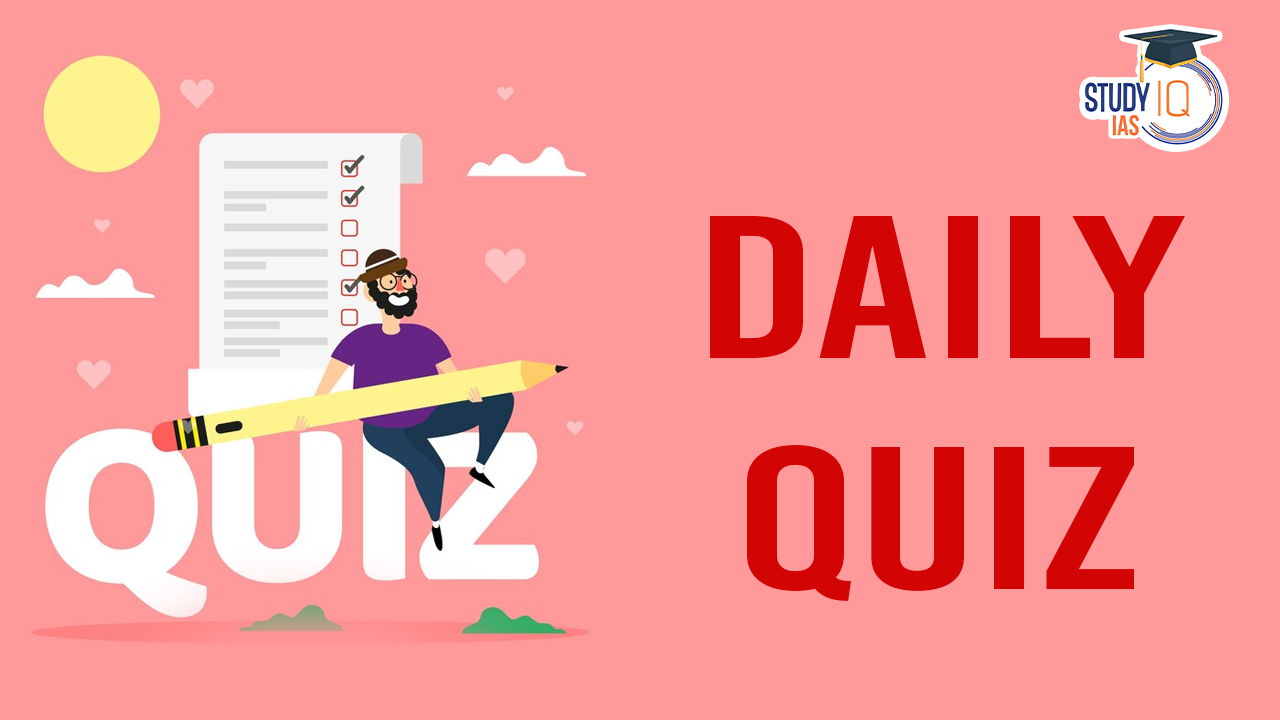
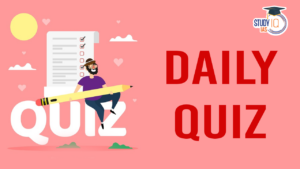 Daily Quiz 18 September 2025
Daily Quiz 18 September 2025
